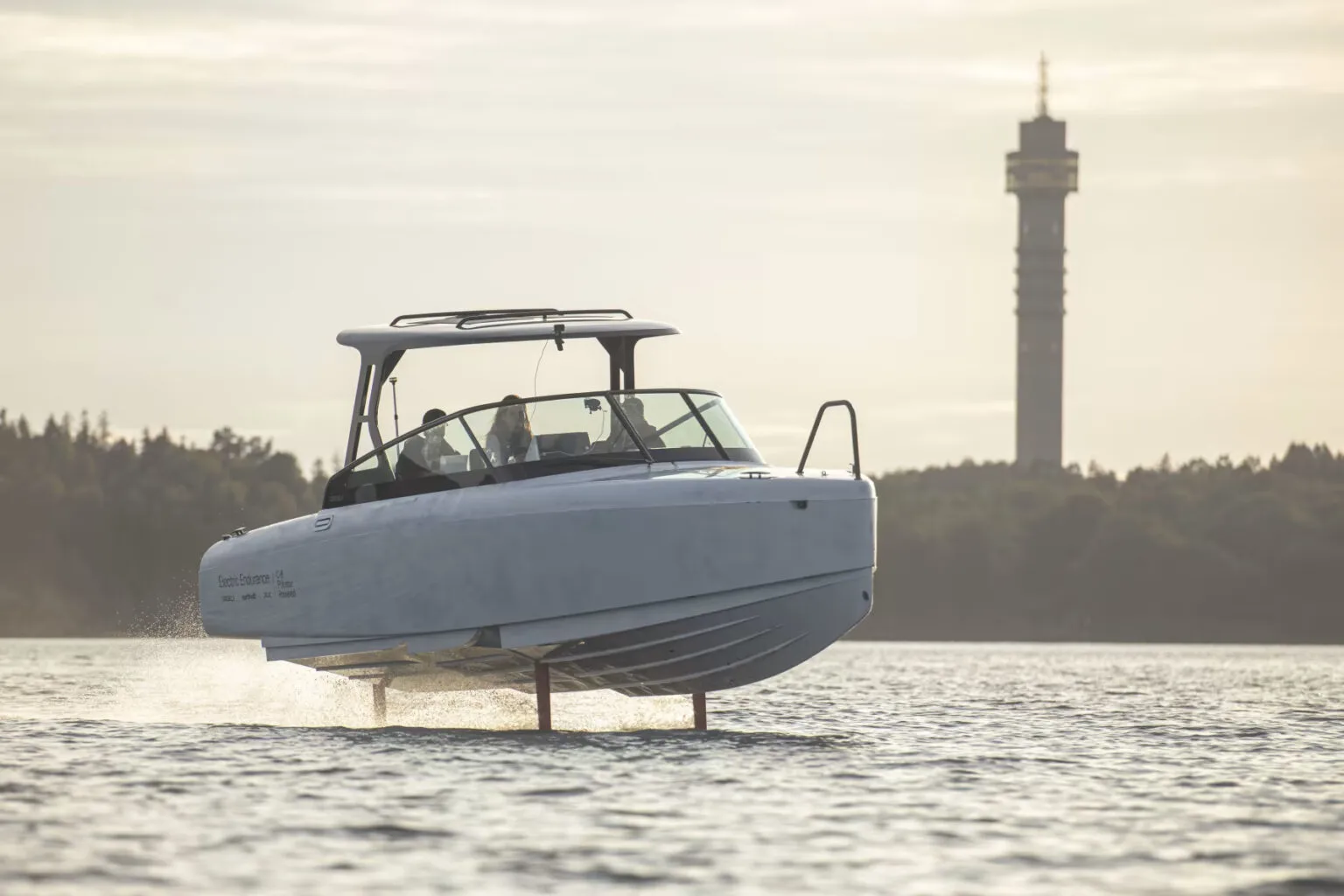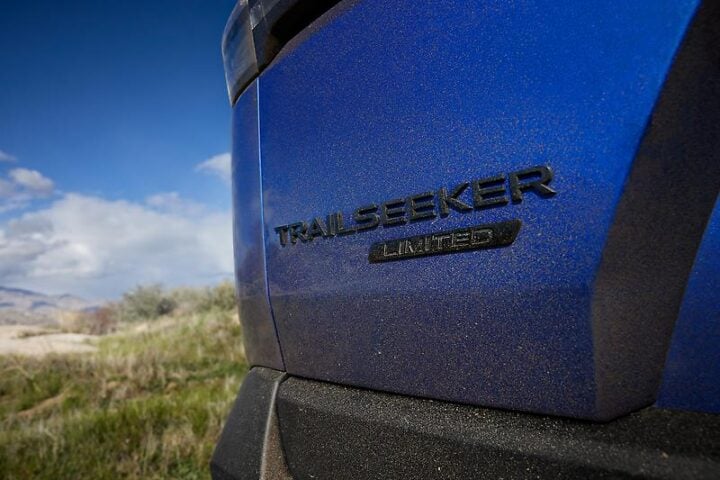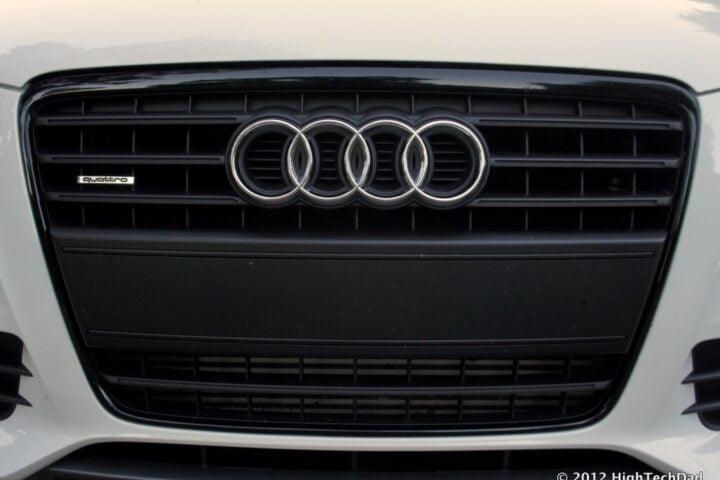The Candela C-8, an electric hydrofoiling boat by Swedish manufacturer Candela, has set a groundbreaking world record by covering 483 miles (777 kilometers) within a 24-hour period in the Stockholm archipelago. This feat surpassed the previous record of 79 nautical miles achieved in 20 hours, showcasing the significant advancements in electric boat technology. “This feat shows that fast, electric waterborne transport over long distances is viable today, not a distant future,” commented Gustav Hasselskog, Candela’s CEO and founder.

The Candela C-8 utilizes innovative hydrofoil technology, which reduces energy usage by 80% by lifting the boat above the water to decrease friction. This technology enables the C-8 to have a range that is 2 to 3 times longer than traditional electric boats. The boat’s impressive journey was made possible through a partnership with electric car company Polestar, which provided the batteries and charging technology, allowing for extended journeys using battery power for the first time.

The record run was further facilitated by Northvolt’s mobile battery storage system, Voltpack, enabling rapid DC charging of the C-8’s battery. The route comprised a loop between Stockholm and the island of Tynningö, with DC charging after each lap, maintaining an average speed of 17 knots, even during charging breaks. The distance covered by the C-8 is equivalent to traveling from Amsterdam to London and back, demonstrating the practical applications of this technology for long-distance travel.

The C-8 could have crossed the English Channel between Dover and Calais 20 times within the 24-hour period. Traveling at full speed, 27 knots, the C-8 consumed 685 kWh of electricity, costing about €110-120, showcasing the cost-effectiveness of electric boating. In contrast, a conventional petrol-powered boat would consume approximately 750 liters of gasoline, costing around €1400 for a similar journey.
Similar Posts
Candela aims to showcase the potential of electric foiling vessels and the feasibility of establishing a network of DC charging stations in archipelagos and remote coastal areas. “With a relatively modest investment, charging stations could be built to fully electrify marine transport in the Stockholm archipelago,” stated Gustav Hasselskog. Candela is introducing the Candela P-12 Shuttle this fall, a 30-person passenger vessel designed to operate on most of the world’s coastal waterways. The P-12 Shuttle offers a sustainable and cost-effective alternative to fossil-fueled waterborne traffic, which is responsible for 3% of global GHG emissions. “We don’t have to wait for tomorrow. We have the technology to shift towards sustainable marine transport now,” concluded Hasselskog.

The endurance challenge circuit consisted of a 20 nautical mile loop between Frihamnen and the island of Tynningö. During the 24 hours, the C-8 charged for a total of 313 minutes and received a total of 615kWh of electrical energy. Each charge took about 18 minutes, with the battery charged from about 13% to 66% State of Charge (SOC). During the race, the vessel maintained an average speed of over 17 knots, aiming for 27 knots while driving.

Candela, a leader in creating advanced electric boats with hydrofoil technology, partnered with Northvolt and Plug for this record run. The insights from this journey are key to understanding the potential of electric foiling vessels and developing DC charging networks, especially in remote areas. This effort is vital for reducing the environmental impact of marine transport and progressing towards a sustainable future.


















